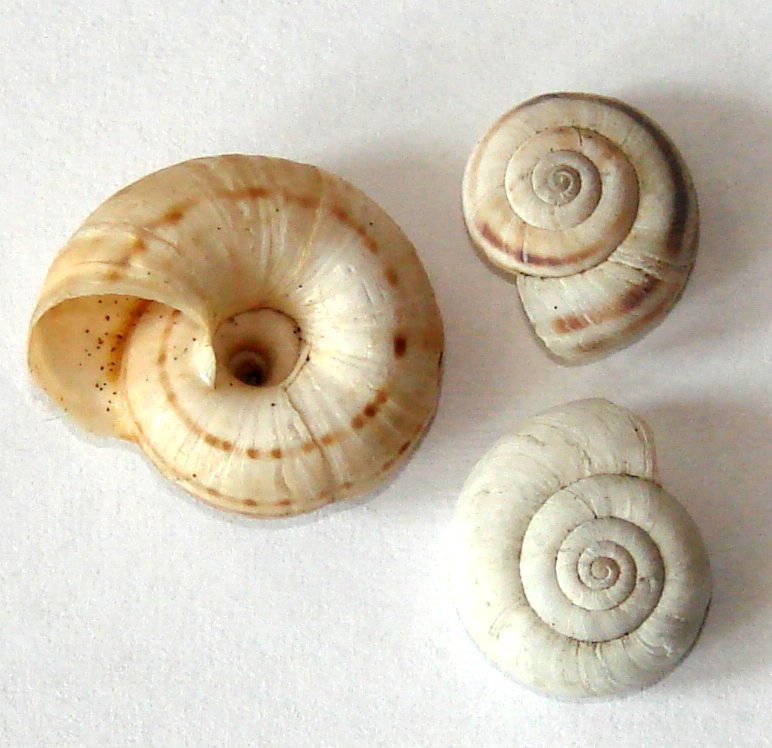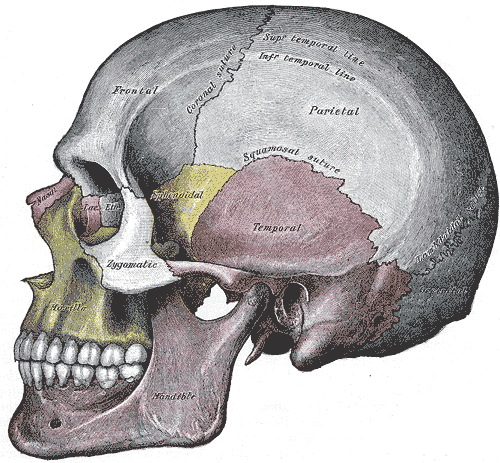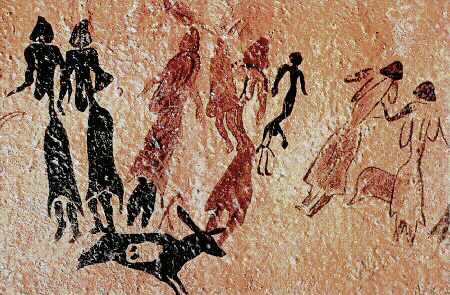|
Zonitoides Jaccetanicus
''Zonitoides jaccetanicus'' is a species of small, air-breathing land snail, a terrestrial pulmonate gastropod mollusk in the family Gastrodontidae. Distribution ''Zonitoides jaccetanicus'' is endemic to Montserrat mountain near Barcelona, Catalonia, Spain. It is a rare species, possibly endemic to Catalonia. The species has declined due to construction activities in the growing city of Barcelona. Description The shell is evenly horny-brownish, fragile and transparent, finely striated on the upper side, nearly smooth on the lower side. The shell has 5 weakly convex whorls with pronounced suture. The upper side is flattened. Lower side is convex. The last whorl is not much wider than penultimate whorl. The aperture is oblique. The apertural margin is straight. Umbilicus is relatively narrow. The width of the shell is 4–5 mm. The height of the shell is 2.6-3.4 mm. The shell is very much like that of ''Zonitoides arboreus ''Zonitoides arboreus'', ... [...More Info...] [...Related Items...] OR: [Wikipedia] [Google] [Baidu] |
Jules René Bourguignat
Jules René Bourguignat (19 August 1829, Brienne-Napoléon, Aube – 7 April 1892) was a French malacologist, a scientist who studied mollusks. He served as secretary-general of the ''Société malacologique de France''. He traveled widely, visiting, for example, Lake Tanganyika and North Africa. He reportedly defined 112 new genera and around 2540 new species of mollusks. Taxa Bourguignat named and described many genera and species of mollusks, including: * ''Aspatharia'' Bourguignat, 1885, a genus of freshwater mussel. * '' Bridouxia'' Bourguignat, 1885, a genus of freshwater snail. * ''Lanistes alexandri ''Lanistes alexandri'' is a species of large freshwater snail, an aquatic gastropod mollusk with a gill and an operculum in the family Ampullariidae, the apple snails. This species is endemic to Tanzania Tanzania (; ), officially t ...'' Bourguignat, 1850, a species of freshwater snail. * '' Reymondia'' Bourguignat, 1885, a genus of freshwater snail. * '' Spek ... [...More Info...] [...Related Items...] OR: [Wikipedia] [Google] [Baidu] |
List Of Non-marine Molluscs Of Spain
The non-marine molluscs of Spain are a part of the molluscan fauna of Spain. Non-marine molluscs of the Canary Islands are listed separately. There are more than 300 species of non-marine molluscs living in the wild in Spain. Freshwater gastropods Neritidae * '' Theodoxus fluviatilis'' (Linnaeus, 1758) Ampullariidae * '' Pomacea insularum'' (d'Orbigni, 1835) - Invasive species Viviparidae * ''Cipangopaludina chinensis'' (J. E. Gray, 1833) - Invasive species * '' Sinotaia quadrata'' (Benson, 1842) - Invasive species Melanopsidae * '' Melanopsis tricarinata dufouri'' * ''Melanopsis penchinati'' Bourguignat, 1868 * ''Melanopsis praemorsa'' (Linnaeus, 1758) Thiaridae * '' Melanoides tuberculata'' ( O. F. Müller, 1774) - Invasive species Amnicolidae * '' Bythinella andorrensis andorrensis'' (Paladilhe, 1874) * ''Bythinella batalleri'' Bofill, 1925 - endemic to Spain **''Bythinella batalleri batalleri'' Bofill, 1925 - endemic to Spain **''Bythinella batalleri cuenca'' Bo ... [...More Info...] [...Related Items...] OR: [Wikipedia] [Google] [Baidu] |
AnimalBase
AnimalBase is a project brought to life in 2004 and is maintained by the University of Göttingen, Germany. The goal of the AnimalBase project is to digitize early zoological literature, provide copyright-free open access to zoological works, and provide manually verified lists of names of zoological genera and species as a free resource for the public. AnimalBase contributed to opening up the classical taxonomic literature, which is considered as useful because access to early literature (especially for the late 18th century) can be difficult for researchers who need the old sources for their taxonomic research. AnimalBase data are public domain. The public use of AnimalBase data is not restricted or conditioned.AnimalBase Project Group, 2005-2010. AnimalBase. Early zoological literature online. World wide web electronic publication http://www.animalbase.uni-goettingen.de accessed 30 July 2010. AnimalBase covers all zoological disciplines. In the field of biodiversity informatic ... [...More Info...] [...Related Items...] OR: [Wikipedia] [Google] [Baidu] |
Zonitoides Arboreus
''Zonitoides arboreus'', commonly known as the quick gloss snail, is a species of small air-breathing land snail, a terrestrial pulmonate gastropod mollusk in the family Gastrodontidae. Distribution The native distribution of ''Z. arboreus'' is North America."Species summary for ''Zonitoides arboreus''" AnimalBase, last modified 26 January 2010, accessed 4 September 2010. It is widely distributed in all US states except . It is widespread and common in central |
Umbilicus (mollusc)
The umbilicus of a shell is the axially aligned, hollow cone-shaped space within the whorls of a coiled mollusc shell. The term umbilicus is often used in descriptions of gastropod shells, i.e. it is a feature present on the ventral (or under) side of many (but not all) snail shells, including some species of sea snails, land snails, and freshwater snails. The word is also applied to the depressed central area on the planispiral coiled shells of ''Nautilus'' species and fossil ammonites. (These are not gastropods, but shelled cephalopods.) In gastropods The spirally coiled whorls of gastropod shells frequently connect to each other by their inner sides, during the natural course of its formation. This results in a more or less solid central axial pillar, known as the columella. The more intimate the contact between the concave side of the whorls is, the more solid the columella becomes. On the other hand, if this connection is less intense, a hollow space inside the whorls ... [...More Info...] [...Related Items...] OR: [Wikipedia] [Google] [Baidu] |
Aperture (mollusc)
The aperture is an opening in certain kinds of mollusc shells: it is the main opening of the shell, where the head-foot part of the body of the animal emerges for locomotion, feeding, etc. The term ''aperture'' is used for the main opening in gastropod shells, scaphopod shells, and also for '' Nautilus'' and ammonite shells. The word is not used to describe bivalve shells, where a natural opening between the two shell valves in the closed position is usually called a '' gape''. Scaphopod shells are tubular, and thus they have two openings: a main anterior aperture and a smaller posterior aperture. As well as the aperture, some gastropod shells have additional openings in their shells for respiration; this is the case in some Fissurellidae (keyhole limpets) where the central smaller opening at the apex of the shell is called an orifice, and in the Haliotidae (abalones) where the row of respiratory openings in the shell are also called orifices. In gastropods In some pros ... [...More Info...] [...Related Items...] OR: [Wikipedia] [Google] [Baidu] |
Last Whorl
The body whorl is part of the morphology of the shell in those gastropod mollusks that possess a coiled shell. The term is also sometimes used in a similar way to describe the shell of a cephalopod mollusk. In gastropods In gastropods, the body whorl, or last whorl, is the most recently formed and largest whorl (or revolution) of a spiral or helical shell, terminating in the aperture. It is called the "body whorl" because most of the body of the soft parts of the animal fits into this whorl. The proportional size of the body whorl in gastropod shells differs greatly according to the actual shell morphology. For shells in which the rate of whorl expansion of each revolution around the axis is very high, the aperture and the body whorl are large, and the shell tends to be low spired. The shell of the abalone is a good example of this kind of shell. The opposite tendency can sometimes create a high spire with very little whorl increase per revolution. In these instances, e.g ... [...More Info...] [...Related Items...] OR: [Wikipedia] [Google] [Baidu] |
Suture (gastropod)
In anatomy, a suture is a fairly rigid joint between two or more hard elements of an organism, with or without significant overlap of the elements. Sutures are found in the skeletons or exoskeletons of a wide range of animals, in both invertebrates and vertebrates. Sutures are found in animals with hard parts from the Cambrian period to the present day. Sutures were and are formed by several different methods, and they exist between hard parts that are made from several different materials. Vertebrate skeletons The skeletons of vertebrate animals (fish, amphibians, reptiles, birds, and mammals) are made of bone, in which the main rigid ingredient is calcium phosphate. Cranial sutures The skulls of most vertebrates consist of sets of bony plates held together by cranial sutures. These sutures are held together mainly by Sharpey's fibers which grow from each bone into the adjoining one. Sutures in the ankles of land vertebrates In the type of crurotarsal ankle which is foun ... [...More Info...] [...Related Items...] OR: [Wikipedia] [Google] [Baidu] |
Whorl (mollusc)
A whorl is a single, complete 360° revolution or turn in the spiral growth of a mollusc shell. A spiral configuration of the shell is found in numerous gastropods, but it is also found in shelled cephalopods including '' Nautilus'', '' Spirula'' and the large extinct subclass of cephalopods known as the ammonites. A spiral shell can be visualized as consisting of a long conical tube, the growth of which is coiled into an overall helical or planispiral shape, for reasons of both strength and compactness. The number of whorls which exist in an adult shell of a particular species depends on mathematical factors in the geometric growth, as described in D'Arcy Wentworth Thompson's classic 1917 book '' On Growth and Form'', and by David Raup. The main factor is how rapidly the conical tube expands (or flares-out) over time. When the rate of expansion is low, such that each subsequent whorl is not that much wider than the previous one, then the adult shell has numerous whorl ... [...More Info...] [...Related Items...] OR: [Wikipedia] [Google] [Baidu] |
Gastropod Shell
The gastropod shell is part of the body of a Gastropoda, gastropod or snail, a kind of mollusc. The shell is an exoskeleton, which protects from predators, mechanical damage, and dehydration, but also serves for muscle attachment and calcium storage. Some gastropods appear shell-less (slugs) but may have a remnant within the mantle, or in some cases the shell is reduced such that the body cannot be retracted within it (semi-slug). Some snails also possess an operculum that seals the opening of the shell, known as the Aperture (mollusc), aperture, which provides further protection. The study of mollusc shells is known as conchology. The biological study of gastropods, and other molluscs in general, is malacology. Shell morphology terms vary by species group. Shell layers The gastropod shell has three major layers secreted by the Mantle (mollusc), mantle. The calcareous central layer, tracum, is typically made of calcium carbonate precipitated into an organic matrix known as c ... [...More Info...] [...Related Items...] OR: [Wikipedia] [Google] [Baidu] |
Catalonia
Catalonia (; ca, Catalunya ; Aranese Occitan: ''Catalonha'' ; es, Cataluña ) is an autonomous community of Spain, designated as a '' nationality'' by its Statute of Autonomy. Most of the territory (except the Val d'Aran) lies on the northeast of the Iberian Peninsula, to the south of the Pyrenees mountain range. Catalonia is administratively divided into four provinces: Barcelona, Girona, Lleida, and Tarragona. The capital and largest city, Barcelona is the second-most populated municipality in Spain and the fifth-most populous urban area in the European Union. > > > ''Catalonia'' theoretically derived. During the Middle Ages, Byzantine chroniclers claimed that ''Catalania'' derives from the local medley of Goths with Alans, initially constituting a ''Goth-Alania''. Other theories suggest: *''Catalunya'' derives from the term "land of castles", having evolved from the term ''castlà'' or ''castlan'', the medieval term for a castellan (a ruler of a castl ... [...More Info...] [...Related Items...] OR: [Wikipedia] [Google] [Baidu] |
Land Snail
A land snail is any of the numerous species of snail that live on land, as opposed to the sea snails and freshwater snails. ''Land snail'' is the common name for terrestrial gastropod mollusks that have shells (those without shells are known as slugs). However, it is not always easy to say which species are terrestrial, because some are more or less amphibious between land and fresh water, and others are relatively amphibious between land and salt water. Land snails are a polyphyletic group comprising at least ten independent evolutionary transitions to terrestrial life (the last common ancestor of all gastropods was marine). The majority of land snails are pulmonates that have a lung and breathe air. Most of the non-pulmonate land snails belong to lineages in the Caenogastropoda, and tend to have a gill and an operculum. The largest clade of land snails is the Cyclophoroidea, with more than 7,000 species. Many of these operculate land snails live in habitats or microha ... [...More Info...] [...Related Items...] OR: [Wikipedia] [Google] [Baidu] |








